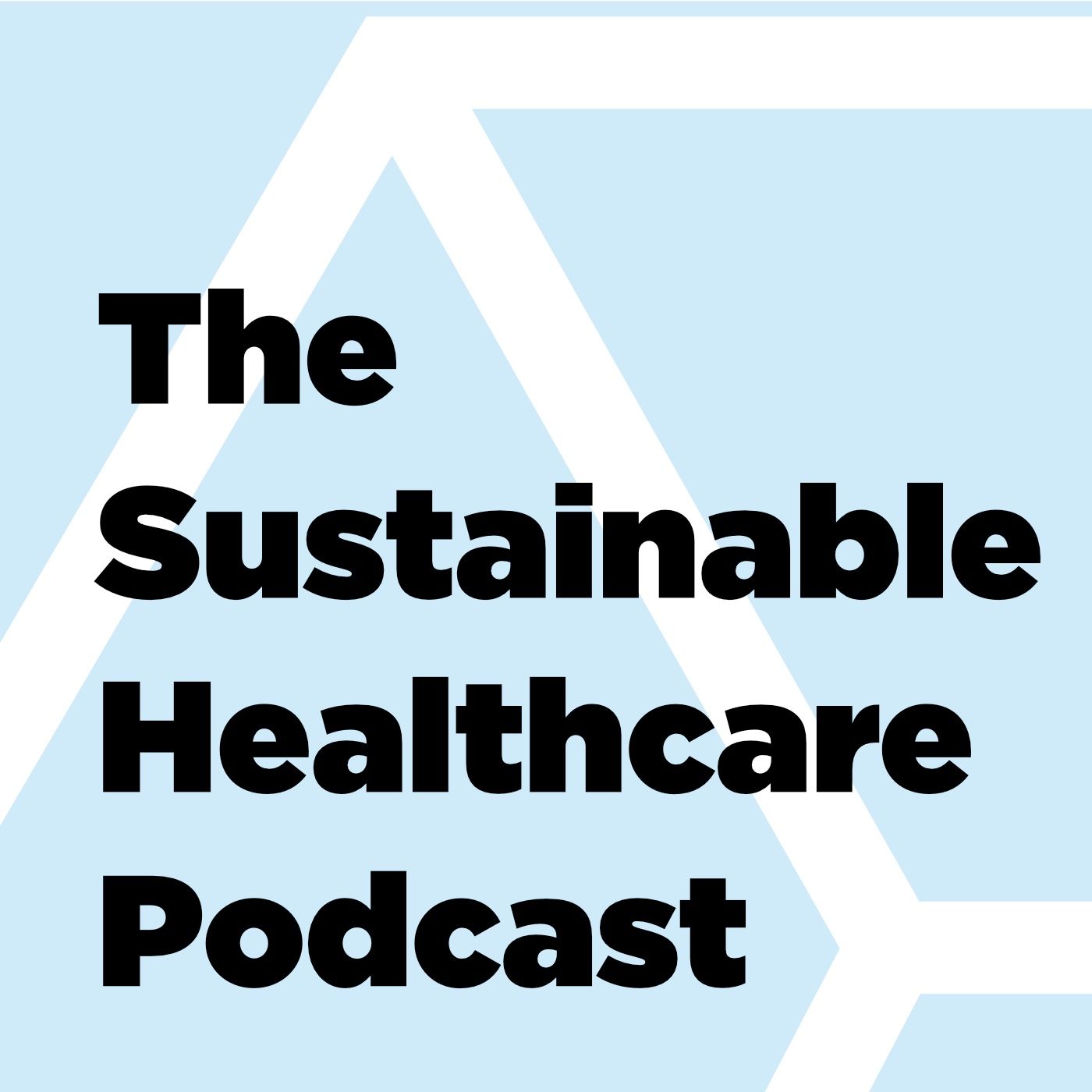090 Data-Driven Decarbonization of Danish Hospitals with Thea and Rasmus
Update: 2025-09-25
Description
Data-Driven Decarbonization of Danish Hospitals — with Rasmus & Thea Summary
How do Denmark’s regions actually use data to steer the green transition in hospitals—and what does it change on the ground?
In this episode, Rasmus (Region Midtjylland) and Thea (Region Syddanmark) unpack why procurement dominates the footprint in Denmark, how a “climate management model” guides reductions, and what happens when you move from single-use to multi-use—or simply stop buying low-value items altogether.
We also touch on tricky boundary topics like ambulances (listen to the deep dive we did with David from falck in episode 056), staff/patient transport, and why energy is a smaller lever in Denmark than in many other countries.
Guests:
How do Denmark’s regions actually use data to steer the green transition in hospitals—and what does it change on the ground?
In this episode, Rasmus (Region Midtjylland) and Thea (Region Syddanmark) unpack why procurement dominates the footprint in Denmark, how a “climate management model” guides reductions, and what happens when you move from single-use to multi-use—or simply stop buying low-value items altogether.
We also touch on tricky boundary topics like ambulances (listen to the deep dive we did with David from falck in episode 056), staff/patient transport, and why energy is a smaller lever in Denmark than in many other countries.
Guests:
- Rasmus — Center for Sustainable Hospitals, Central Denmark Region (Region Midtjylland). Builds the sustainability data system and evaluates environmental impacts of change projects.
- Thea — Region of Southern Denmark (Region Syddanmark). Leads carbon baseline work and helps prioritize, start, and track decarbonization projects.
- Why procurement (the “stuff we buy”) is the main lever in Danish hospitals
- Energy & transport in Denmark: why grid mix and modern buildings downplay energy, and what’s in/out of scope on transport
- The Climate Management Model: back-casting to net-zero and allocating reductions across strategies
- The reduction hierarchy in practice: avoid → switch to multi-use → supplier requirements
- A simple starter win: phasing out disposable exam table paper (“lejepapir”) and measuring the CO₂ impact
- Change management realities: engaging clinicians and aligning purchasing pathways
- In Denmark, procurement drives the footprint more than energy or (in-scope) transport.
- Start at the top of the ladder: avoid use where clinically acceptable, then shift to multi-use, then green the supply chain.
- A shared climate management model turns scattered projects into a coherent path to net-zero—and makes results comparable across regions.
- Common Sustainability Strategy for Danish Regions – includes the focus on data-driven progress (PDF):
regioner.dk/media/0mapejdn/en-faellesregional-strategi-for-groenne-hospitaler.pdf - Strategy for “Grønne hospitaler” – background, initiatives, and updates:
regioner.dk/regional-udvikling/groenne-hospitaler/ - Capital Region video – Klimastyringsmodellen: et værktøj til monitorering og retning (how the climate management model works):
regionh.dk/til-fagfolk/klima-og-miljoe/groen-omstilling-af-hospitalerne/co2-indsatser…/klimastyringsmodellen-et-vaerktoej-til-monitorering-og-retning.aspx
Comments
In Channel





